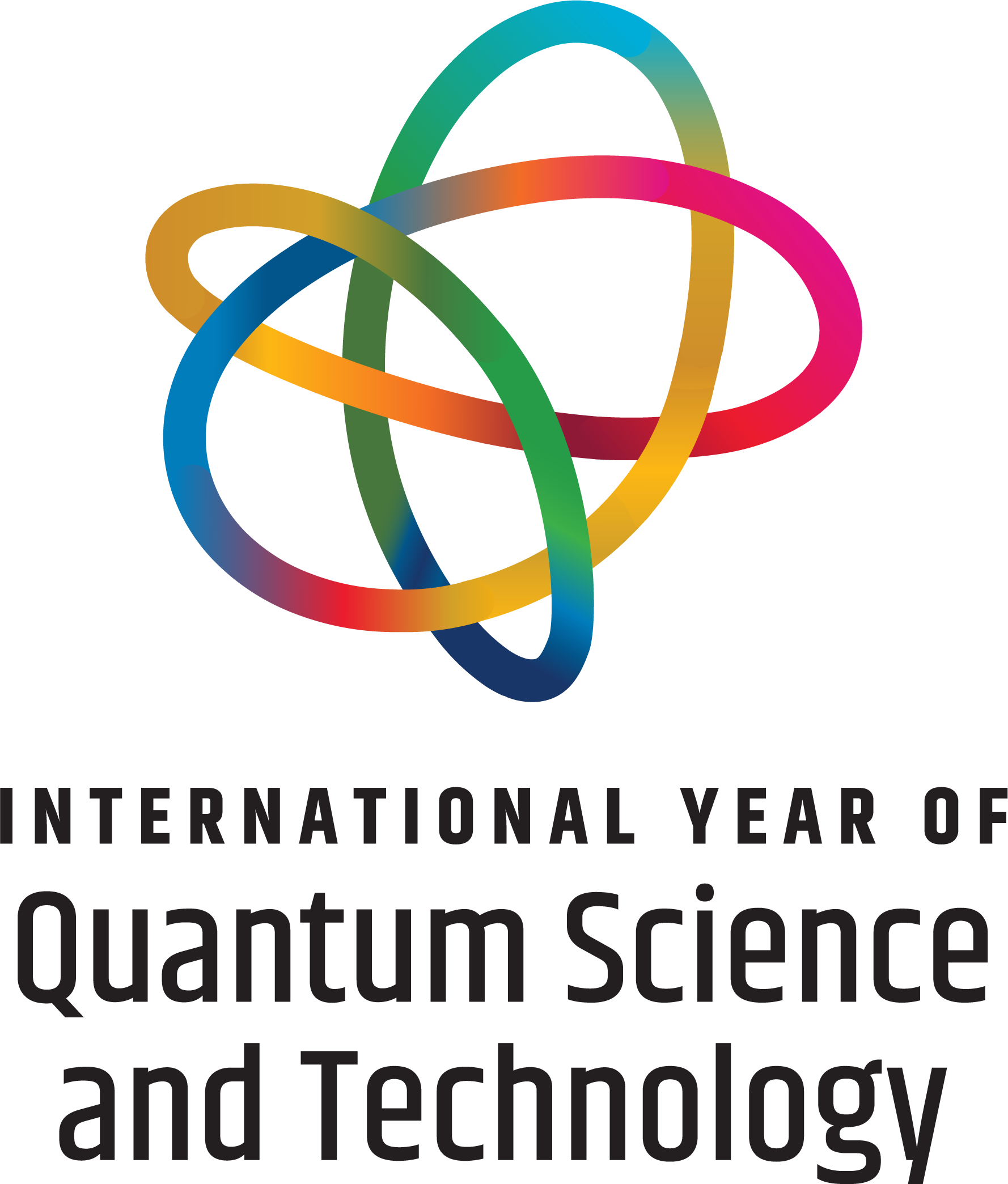Introduction
The purpose of this website is to introduce a wide audience to some of the deep ideas at the heart of quantum mechanics discovered by John Bell, Simon Kochen and Ernst Specker in the 1960s. In the six decades since then, these ideas have been refined and developed in many ways and now form the basis of the field of quantum information technology that promises to give us quantum computers, the quantum internet and much more.
This website features two games, two magic tricks and two pattern generators that try to give the visitor a direct feeling for some of the counterintuitive features of quantum mechanics. All the demonstrations are based directly or indirectly on the work of Asher Peres, David Mermin, Daniel Greenberger, Michael Horne and Anton Zeilinger done in the early 1990s. In a remarkable set of papers that drew on each other in surprising ways, these authors succeeded in reformulating the ideas of Bell, Kochen and Specker in ways that not only deepened our understanding of them but also led to new discoveries and developments in the decades ahead. Although a great deal has happened in the thirty years since then, the freshness and appeal of the original ideas have not dimmed and it is the purpose of this website to present them in as simple and user-friendly a form as possible.
A brief description of the demonstrations follows.
The two games introduce the visitor to the notion of quantum contextuality, or the idea that the answer a quantum system gives to a question depends not just on the question itself but also on the broader context in which it is asked. The games are simple to play and require no knowledge of quantum mechanics. Winning them amounts to demonstrating quantum contextuality, for reasons that are explained at a link on the page.
The two magic tricks are simulations of real experiments that can be carried out in the laboratory, although we don’t currently have the technology to perform either of them in the ideal form described here. Both tricks give the viewer a direct look at the “spooky action at a distance” (or quantum entanglement) that so bothered Einstein.
The two pattern generators present the viewer with billions of simple number patterns that illustrate the notion of quantum contextuality introduced in the two games at the beginning. The visitor can call up the patterns from a menu, but the ones shown are just a vanishingly small fraction of all those that exist. The visitor could also try making up a pattern on his/her own, but that is not easy to do (just try it!).
Quantum contextuality and entanglement are two of the deep ideas underlying many of the developments in quantum information science and its practical applications. The full implications of these ideas, and their relationship to each other, are matters that are not well understood and continue to be actively investigated.
While some explanations are given of the demonstrations presented here, the reader who wants a deeper discussion will have to look elsewhere. The purpose of this site is to give a lay audience a first look at “quantum weirdness” and not to provide answers to all the questions that might be raised by such an encounter.
This website has been set up as part of the IYQ effort to increase public awareness and appreciation of quantum science and technology. The site is still under development. Comments and feedback can be sent to paravind@wpi.edu.
